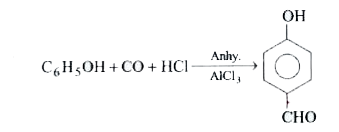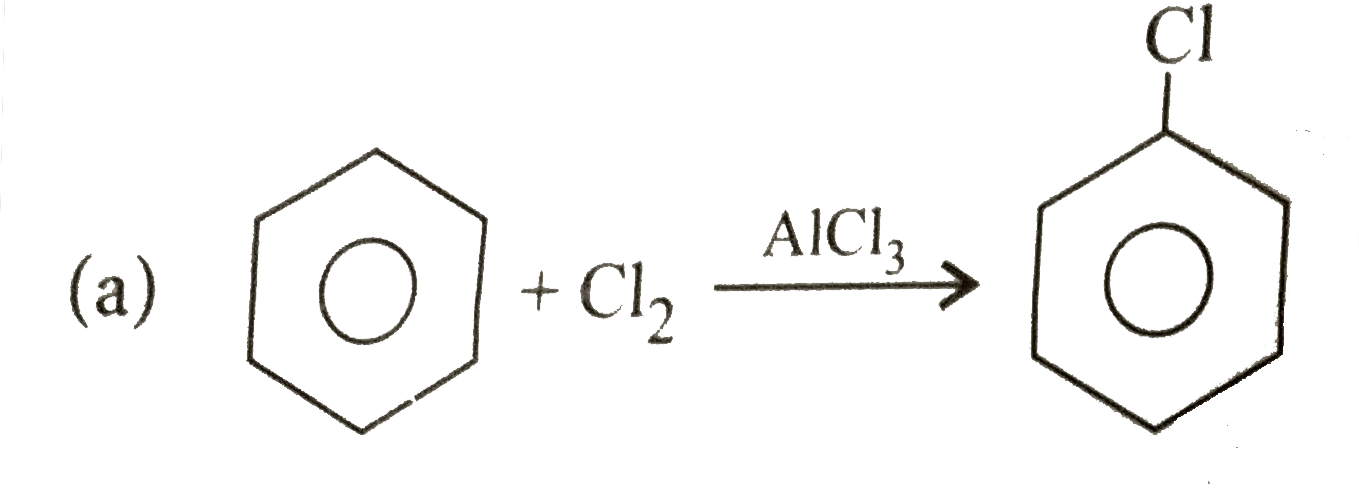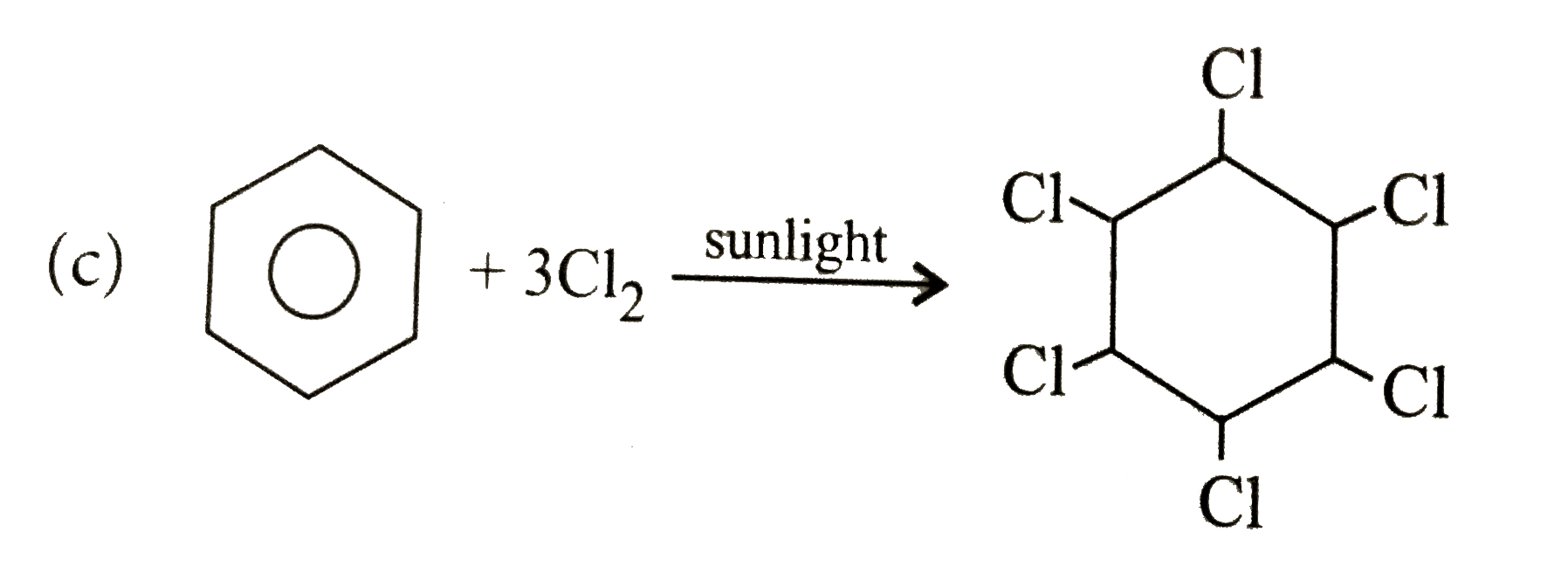Which of the following reactions is an example of nucleophilic substitution reaction?
RX+Mg→RMgX
RX+KOH→ROH+KX
2RK+2Na→R−R+2NaX
RX+H2→RH+HX
The correct Answer is:B
To determine which of the following reactions is an example of a nucleophilic substitution reaction, we need to understand the definition and mechanism of nucleophilic substitution reactions.
1. Understanding Nucleophilic Substitution:
- A nucleophilic substitution reaction involves the replacement of a leaving group (often a halide) by a nucleophile. The nucleophile is typically an electron-rich species that donates a pair of electrons to form a new bond.
2. Identifying the Components:
- In a nucleophilic substitution reaction, we generally have a substrate (often an alkyl halide, denoted as RX), a nucleophile (like OH⁻ or NH₃), and a leaving group (like X⁻).
3. Analyzing the Given Reactions:
- We need to analyze each reaction option provided to identify if it fits the criteria of a nucleophilic substitution reaction.
4. Example Reaction:
- Consider the reaction:
R−X+KOH→R−OH+KX
- Here, KOH dissociates into K⁺ and OH⁻. The OH⁻ acts as a nucleophile and replaces the X in RX, forming R-OH and KX. This is a classic example of a nucleophilic substitution reaction.
5. Conclusion:
- After analyzing the reactions, the correct example of a nucleophilic substitution reaction is the one where a nucleophile (like OH⁻) replaces a leaving group (like X⁻) in the substrate (RX).
Final Answer:
The reaction that is an example of a nucleophilic substitution reaction is:
R−X+KOH→R−OH+KX
- A nucleophilic substitution reaction involves the replacement of a leaving group (often a halide) by a nucleophile. The nucleophile is typically an electron-rich species that donates a pair of electrons to form a new bond.
- In a nucleophilic substitution reaction, we generally have a substrate (often an alkyl halide, denoted as RX), a nucleophile (like OH⁻ or NH₃), and a leaving group (like X⁻).
- We need to analyze each reaction option provided to identify if it fits the criteria of a nucleophilic substitution reaction.
- Consider the reaction:
R−X+KOH→R−OH+KX
- Here, KOH dissociates into K⁺ and OH⁻. The OH⁻ acts as a nucleophile and replaces the X in RX, forming R-OH and KX. This is a classic example of a nucleophilic substitution reaction.
- After analyzing the reactions, the correct example of a nucleophilic substitution reaction is the one where a nucleophile (like OH⁻) replaces a leaving group (like X⁻) in the substrate (RX).
The reaction that is an example of a nucleophilic substitution reaction is:
R−X+KOH→R−OH+KX
Similar Questions
Knowledge Check
- Question 1 - Select One
Which of the following reactions is not an example of electrophilic substitution ?
AC6H6++NO2→C6H5NO2+H+BC6H5+CH3ClAlCl3−−→C6H5−CH3+HClCC6H6+Cl2UV light−−−−→C6H6Cl6DC6H5OH+CO+HClAnhy−−→AlCl3

- Question 2 - Select One
Which of the following reactions is not an example of electrophilic substitution in benzene ring?
A B
B C
C D
D
- Question 3 - Select One
Which of the following reactant will not favour nucleophilic substitution reaction ?
A BPh-BrCCH3CH3∣C∣CH3−CH2−BrDAll the above
BPh-BrCCH3CH3∣C∣CH3−CH2−BrDAll the above
Which of the following reaction is an example of autoreduction?
View SolutionWhich of the following is least reactive in a nucleophilic substitution reaction?
View SolutionWhich of the following reactions is an example of autoreduction ?
View SolutionWhich of the following reactions is an example of autoreduction ?
View SolutionWhich of the following reactions is an example of autoreduction ?
View Solution

